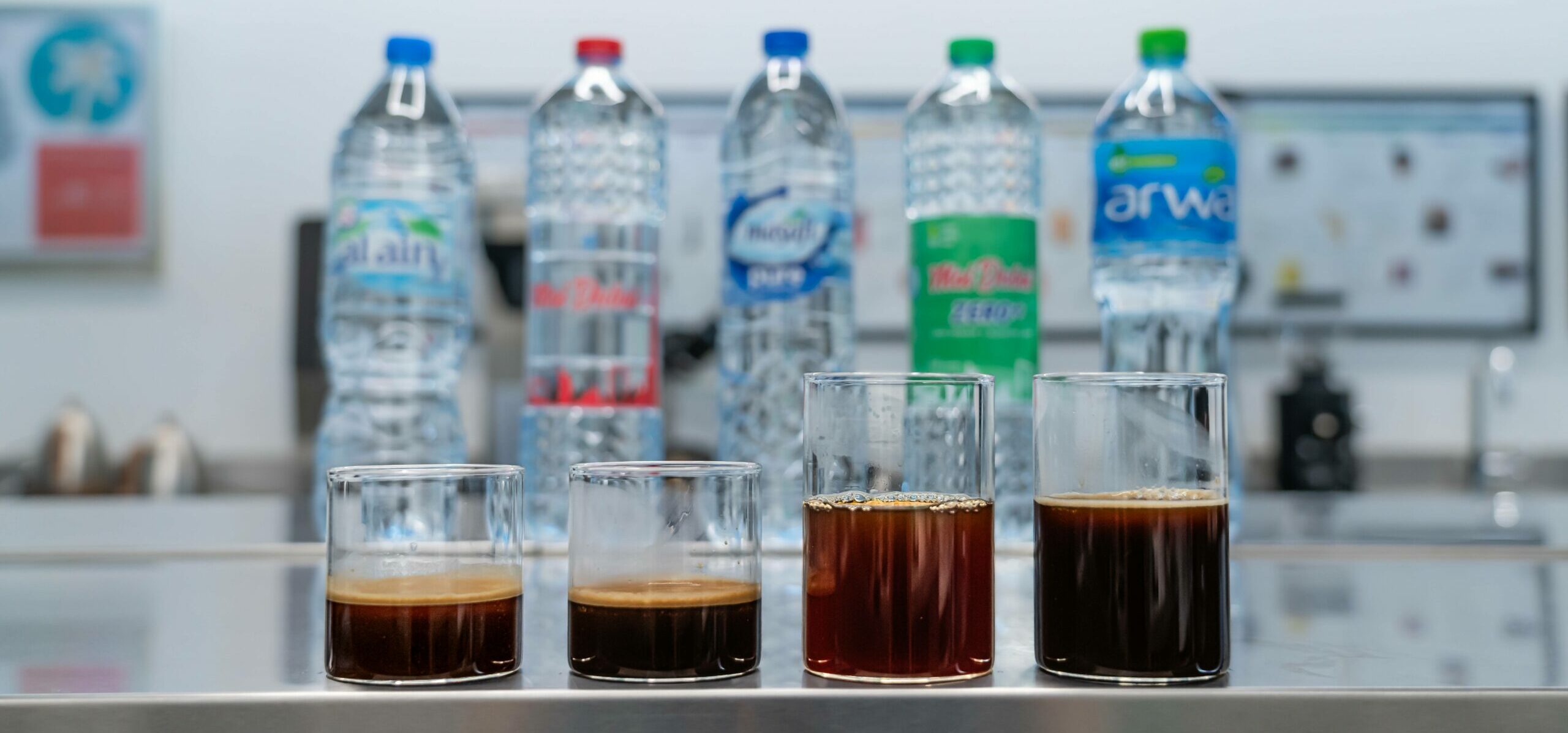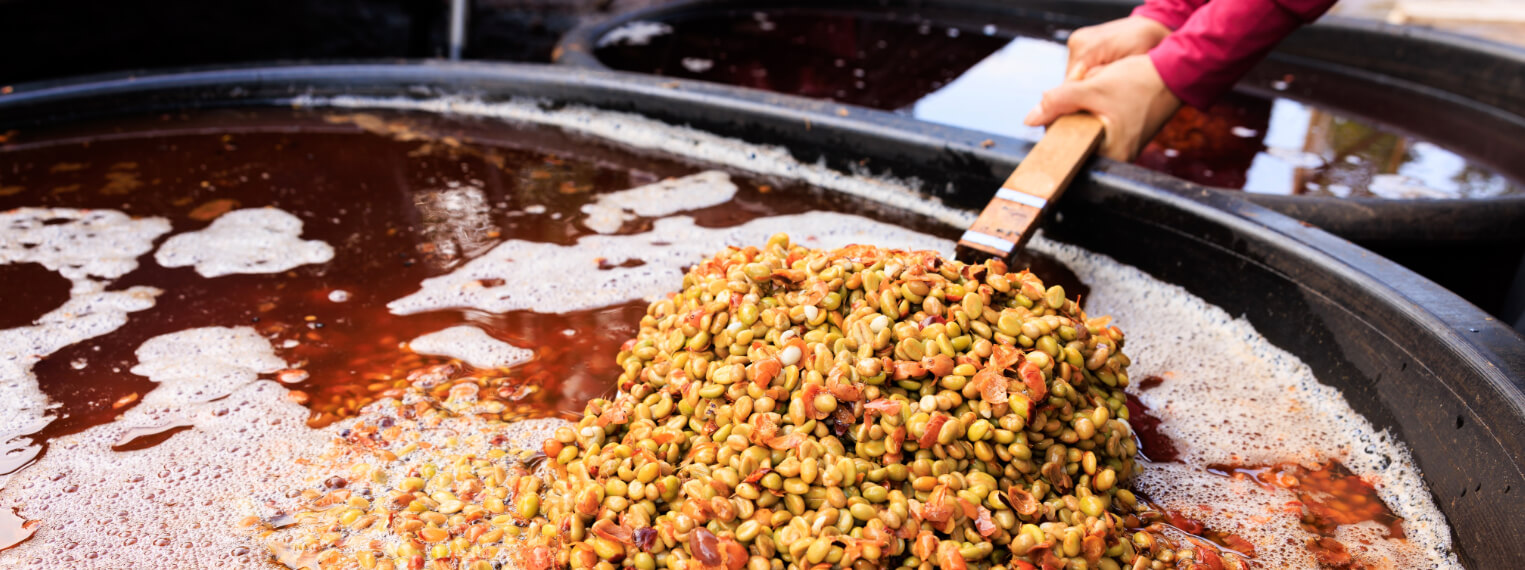Roasts & Origins: A Beginner’s Guide to Understanding Specialty Coffee
Having worked within the industry for more than a decade, it’s easy to overlook the perspective of the casual coffee enthusiast. This oversight became apparent on numerous occasions where customers, upon requesting their coffee, were greeted with, “Which origin would you like?” The resulting expressions of confusion were a clear indication that not everyone is familiar with the basic tenets of specialty coffee.
On one hand, café owners and their teams must ensure that their guests never feel out of place due to a gap in coffee knowledge. On the other hand, patrons can quite effortlessly arm themselves with a few basic insights into the world of coffee. This article is designed to narrow that knowledge gap, serving as an introductory guide for those keen to enrich their coffee experience or even just survive in a world where some form of specialty coffee has become a fixture in every other establishment.
Coffee, in its essence, is a complex beverage with a plenty of variables influencing its taste, aroma, and overall experience. This guide aims to illuminate the nuanced world of coffee roasts and origins, providing a detailed look into how these factors shape the coffee in your cup.
Disclaimer This article concentrates on the unadulterated traditional processing methods and specialty-graded Arabica beans, excluding experimental processes to maintain clarity and specificity in exploring the natural diversity of coffee.
Around the World in a Coffee Cup
Delving into Coffee Origins
Exploring the origins of coffee allows us to appreciate the subtle nuances that geography, climates, and traditional practices bring to the coffee experience. Here, we focus on the inherent flavours typical of each coffee-producing region and country, without conflating them with the characteristics imparted by roasting.
African Coffees
- Ethiopia: Celebrated for their wide flavour spectrum, which can range from tea-like and floral in regions like Yirgacheffe to fruity and winey in Sidamo. The diverse microclimates and varietals, such as Heirloom, contribute to these varied profiles.
- Kenya: Known for their vibrant acidity and complex flavours, Kenyan coffees often carry notes of berries and citrus with a hint of savoury-sweet tomato, thanks to the high altitudes and unique cultivated varieties of Arabica like SL28 and SL34.
- Rwanda: The coffees of Rwanda are noted for their bright acidity and clean taste, with a tendency towards berry and citrus notes, complemented by a subtle sweetness. The attention to the washing process is key to these clean profiles.
South and Central American Coffees
- Colombia: With its vast range of microclimates, Colombia produces a variety of coffee profiles. From the floral and citrusy notes of Nariño to the caramel and nutty flavours of Antioquia, Colombian coffees are known for their balanced acidity and sweetness.
- Brazil: Brazilian coffees are typically known for their more subtle flavours, with hints of chocolate and nuts, owing to the lower altitudes of coffee farms. The vast country produces a broad range of profiles, but these subtle, smooth notes are common.
- Guatemala: The diverse regions within Guatemala yield a variety of flavour profiles. Antigua’s coffees can present a subtle complexity with slight cocoa and nutty notes, whereas Huehuetenango might offer more pronounced fruitiness and acidity.
- Costa Rica: Costa Rican coffees are admired for their clean, consistent profiles. Depending on the region and processing method, they can offer a range of flavours from mild citrus to light cocoa and nutty undertones, with a generally balanced acidity.
Asia (and the Arabian Peninsula)
- Indonesia: Indonesia’s coffee, especially from Sumatra, is known for its earthy and herbal notes. The unique wet-hulling process contributes to a distinct profile that includes hints of spice and a subtle natural sweetness.
- India: Indian coffees, especially those from the Western Ghats region, are often characterised by their mild acidity and smoothness. Flavours can range from spicy and nutty to hints of tropical fruits, depending on the specific region and processing method.
- Yemen: Yemen’s coffees are renowned for their unique and traditional processing methods, offering distinct profiles that may include notes of dried fruits, spices, and a natural sweetness. The terraced mountainsides and ancient varieties contribute to the complexity of Yemeni coffee.
By understanding the distinct flavours and characteristics inherent to each coffee-producing region and country, enthusiasts can better navigate the world of specialty coffee. This appreciation for origin-specific characteristics highlights the importance of terroir in coffee, underscoring the role of environmental factors and traditional practices in shaping the sensory experience of coffee.
The Spectrum of Roasts
Light to Dark – What’s Your Roast?
The roasting process is a pivotal stage in coffee production, significantly affecting the flavour, acidity, and body of the coffee. Roasts are generally categorised into light, medium, and dark, each offering distinct taste profiles:
- Light Roasts: Characterised by a light brown colour, these roasts preserve the original flavours of the coffee bean, often resulting in a more acidic, bright, and complex cup with floral or fruity notes.
- Medium Roasts: Exhibiting a richer brown colour, medium roasts offer a balance between the bean’s inherent flavours and the roaster’s influence, producing a cup with balanced acidity, body, and a broader flavour profile.
- Dark Roasts: Dark brown, sometimes with an oily surface, these roasts often feature a pronounced bitterness and the ‘roastiness’ flavour, masking the original characteristics of the beans.
Subjectivity in Roasting: Perception vs. Reality
Roast styles are inherently subjective, greatly dependent on the roaster’s interpretation and the marketing of the roast level. Many roasters might label their coffee as a medium roast, yet it may exhibit the flavour characteristics and extractability of a light roast. Conversely, some coffees marketed as medium possess the roasty and overly bitter qualities associated with dark roasts. This variability underscores the importance of understanding that the roast spectrum is not only influenced by the roasting process but also by the brewing method, grind size, and water quality. Missteps in extraction can lead to misidentification of roast levels, highlighting the value of cupping as a method to discern inherent flavours accurately.
Sensory Characteristics by Processing Method
The method by which coffee is processed (washed, natural/dry, or honey) plays a crucial role in determining its final taste profile:
- Washed (Wet Processed): Produces a clean, lighter-bodied cup with well-defined flavours and a higher acidity, often highlighting the true character of the coffee’s origin.
- Natural/Dry Processed: Results in a fuller body and sweeter, fruitier and more complex flavours due to the bean drying inside the fruit, absorbing more natural sugars.
- Honey: Offers a balance between washed and natural, with a body and sweetness that’s more pronounced than washed but less so than natural, often with a silky mouthfeel.
- Pulped Natural (Semi-Washed): Similar to the honey process, the pulped natural method involves removing the outer skin of the cherry but leaving the mucilage attached during drying. However, the process is more commonly associated with Brazilian coffees and often results in a sweeter, more bodied cup than washed coffees but with more clarity and less fermenty notes than natural coffees. It’s a delicate balance that brings out smooth, sweet, and nuanced flavours.
- Wet-Hulled (Giling Basah): Predominantly used in Indonesia, this method involves a partial drying of the beans before removing the parchment (a papery husk around the bean), after which the beans are dried again. This method contributes to the distinct earthy, spicy, and sometimes chocolaty profiles typical of Indonesian coffees, such as those from Sumatra. The coffees produced through this method often have a full body and low acidity, with a unique, somewhat wild flavour profile.
Sensory Characteristics by Altitude
Sensory Characteristics by Altitude
- Low Altitude (Below 800 metres): Coffees grown at lower elevations tend to have a lighter body and milder acidity, with more pronounced earthy, nutty, and chocolatey flavours. These conditions allow for a slower maturation of the coffee cherry, resulting in a denser bean with less complexity in acidity.
- Mid-range Altitude (800 to 1,600 metres): At these elevations, coffee plants benefit from a balance of cooler temperatures and sufficient sunlight, promoting the development of more nuanced flavours and a moderate acidity. Coffees from these altitudes often display a balanced profile with a good range of flavours, from sweet and fruity to spicy and floral.
- High Altitude (Above 1,600 metres): High-elevation coffees are characterised by their bright acidity and increased complexity of flavour. The cooler temperatures and greater temperature variations between night and day slow the bean’s maturation process, allowing for the development of more complex sugars and acids, leading to a more nuanced and vibrant cup profile. These beans are often denser and have a more pronounced acidity, contributing to the perception of a lighter body and more complex flavour profiles.
Why Higher Elevations Typically Produce Beans with Greater Acidity and Complexity:
- Slower Growth: The cooler temperatures at higher elevations slow the coffee cherry’s maturation process, allowing more time for complex sugars and acids to develop within the bean.
- Greater Temperature Variation: The significant temperature swings between day and night at high altitudes stress the coffee plants in a way that increases the concentration of sugars and acids, enhancing flavour complexity.
- Bean Density: Higher elevations contribute to denser coffee beans, which are more capable of retaining and expressing complex flavour profiles and acidity during the roasting process.





